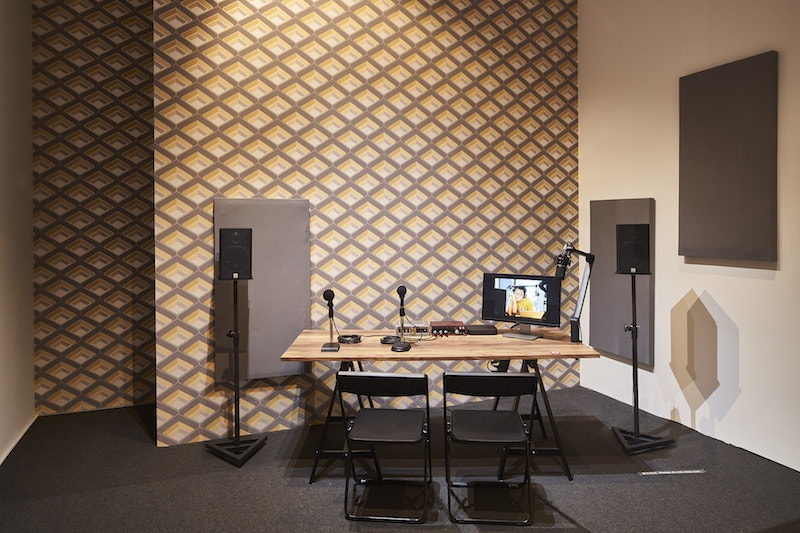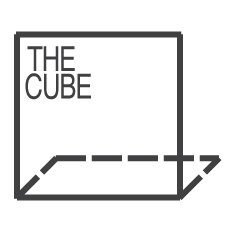
Talking Drums Radio

Talking Drums Radio
http://talkingdrums.tw
Curated by TheCube Project Space
Radio studio designer: Mao
http://talkingdrums.tw
Curated by TheCube Project Space
Radio studio designer: Mao
What the “Talking Drum” Exactly Is
In
the 19th century, on a voyage to Africa, British naval officer
William Allan discovered that the local inhabitants could convey highly poetic
messages by beating the tribal drum with drumsticks insofar as to create
varying rhythm and tone, such as “Make your feet come back the way they went,
make your legs come back the way they went, plant your feet and your legs below,
in the village which belongs to us,” a message which implies “come back home.”
They used drumbeats as their language to announce the birth of babies in their
tribes, or call the villagers to attend daily events (e.g., a funeral) at dawn.
The drum is known as a “talking drum.” The Europeans at that time were amazed
by it, praising not only its capability of passing messages remotely but also
the poetic sound language of drumbeats. It was not until the early 20th century that the occidental powers had similar invention—audio broadcasting.
The Revolution of Modern Life : Broadcasting
Technological
revolution ushered in the modern era. The radio broadcasting invented in the
early 20th century was the most immediate and convenient source of
information, music, and theater in people’s “modern life.” It was also a tool
for individuals and communities to forge a consensus. Accordingly, radio
broadcasting bears more than a passing resemblance to the talking drums in
African tribes. Renowned media theorist H. Marshall McLuhan claimed that radio
broadcasting retribalized the human race. He also compared the sound of radio
broadcasting to that of the tribal drums. The 1933 Futurist Radio Manifesto
predicted as boldly as excitedly that radio broadcasting, as a tool for sharing
emotional experiences, signals the end of all art forms.
However,
the prophecy has never come true. Radio broadcasting does not amaze people
nowadays as much as it did at the time when it was just invented. Its function
of information transmission is literally replaced by the Internet—multifarious audiovisual
services such as live or on-demand online streaming have become favored ways of
communication. Nevertheless, it’s not meaningless to rethink sound as content
and a medium today. Previously, only professionals were competent in the
recording and radio equipment for broadcasting. Today, the hardware and
software for sound recording and editing are so popular and easy to use that
radio broadcasting has become a tool and technology that most people can
utilize. In other words, the multitude are simultaneously consumers/receivers
as well as producers/transmitters of information in the communication network.
About the Talking Drums Radio
The
Talking Drums Radio has been broadcasting in the form of online audio streaming
since April 2019. It has invited artists, scholars, poets, musicians,
playwrights, and Internet activists to imagine and experiment on sound with
concerted efforts, hence over 200 programs by more than 50 groups of
participants. Each program lasted 10 to 30 minutes, including an automatic
music generator that runs endlessly and never repeats itself.
The Talking Drums Radio broadcasts with no retro or nostalgic touch. Instead, it seeks to express the idea that sound, as a medium and a form of art, remains a field well worth exploring, even though a half of Earthlings have become inter-linked by the Internet nowadays. After all, it is exactly the very density and convenience of this network that breathe new life into this field.


